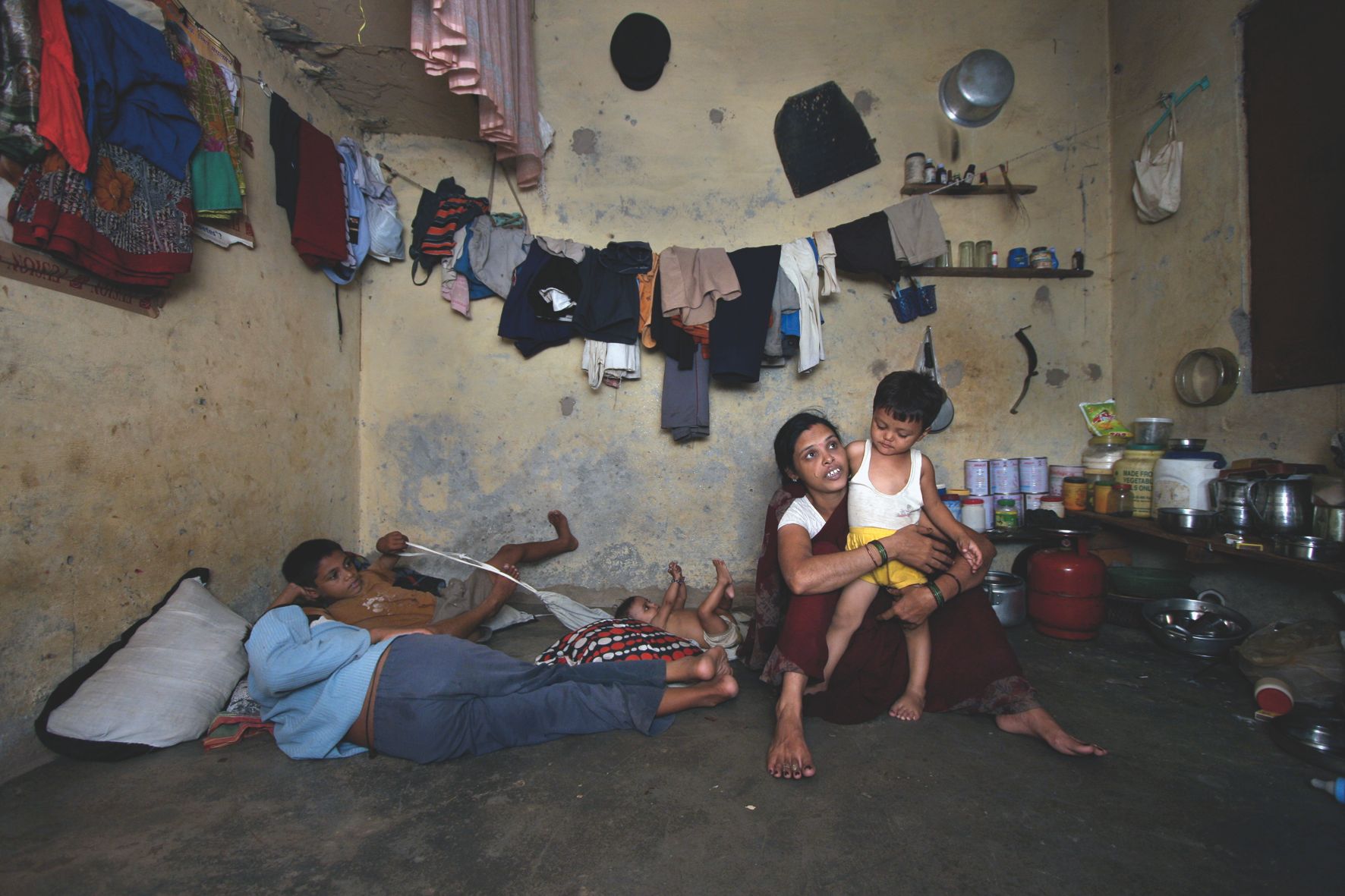Ten key steps on the road to a living wage
 ©
Ankur Ahuja
©
Ankur Ahuja
The Asia Floor Wage Campaign proposes a 10-step programme to implement a living wage. Given that all these steps are interdependent, it implies making progress at all levels at the same time.
The company must:
- Commit to paying a living wage (and mention it in its code of conduct).
- Guarantee freedom of association throughout the production chain and actively encourage collaboration with the trade unions in the country of production. This enables workers to organise freely as well as to defend and demand their rights.
- Develop a direct dialogue with the unions and NGOs that defend workers’ rights.
- Publicly commit to a living-wage pay scale.
- Adopt procurement policies (including the price structure) that enable a living wage to be paid.
- Run pilot programmes aimed at increasing salaries; implement this jointly with suppliers, unions and workers’ rights defence organisations.
- Publicly support workers’ demands, unions and NGOs in support of an increase to the minimum wage, so that it corresponds to a living wage, and take a clear position with governments in countries of production in favour of a living wage and guarantees that the implementation of the living wage will not lead to delocalisation of the production.
- Communicate information on the company’s activities and the production chain, as well as the company’s undertaking to guarantee a living wage in a transparent and public manner.
- Join a credible multi-stakeholder auditing initiative, and encourage active civil society participation in controls and company audits (NGOs, unions).
- Develop and publish an action plan aimed at paying a living wage throughout their production chain (including key dates and a time-line).
Paying a living wage is not price-dependent. It depends on the political commitment of the big brands. In the countries of production, it only takes a few cents to make a big difference.

